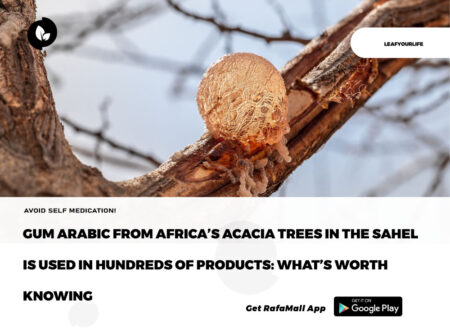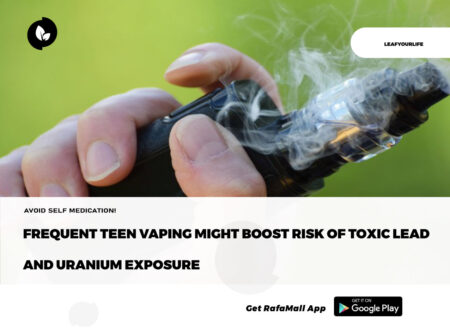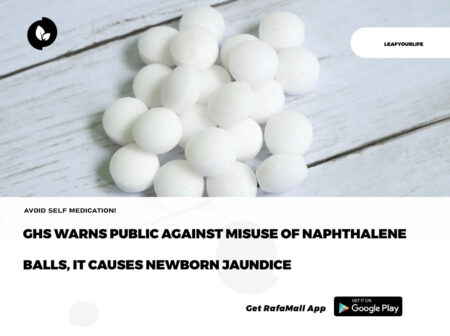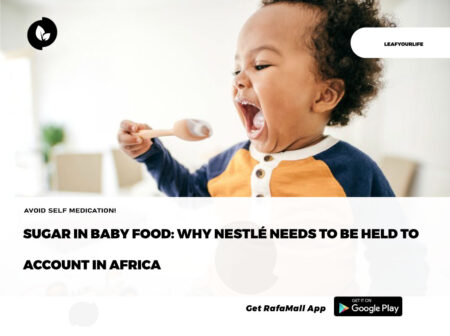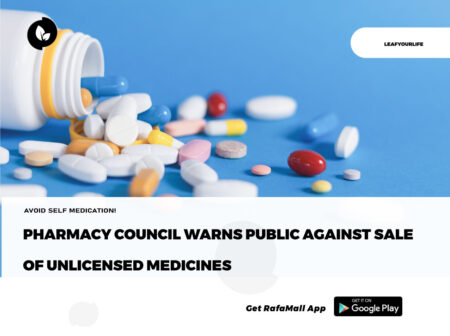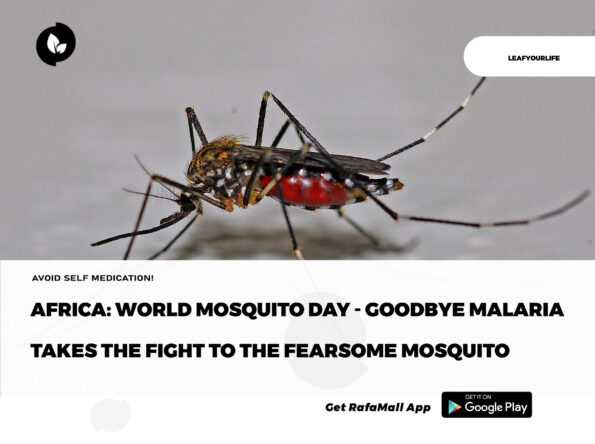
Goodbye Malaria (Johannesburg)
It is an oft-repeated fact that the deadliest creature on earth is the mosquito, a terrifying transmitter of the malaria parasite. According to the most recent World Malaria Report 2022, there were 619 000 deaths in 2021, with 90% of these occurring in sub-Saharan Africa. Those most likely to die are children under five years old and pregnant women.
For more than a decade, the social benefit organisation Goodbye Malaria has been at the frontline of the ongoing battle in our backyard to eradicate the mosquito that carries this disease.
Make no mistake, says CEO of Goodbye Malaria Sherwin Charles, it is a war that humanity is winning.
“We can succeed. Our community-centric approach builds capacity to implement community-led solutions, it educates those affected and encourages behavior change.”
An African approach to an African problem
Charles is passionate about malaria elimination and implementing African solutions for African challenges. “If we maintain or increase the resources we have now, we believe we can get South Africa, Eswatini, and Mozambique to zero. The two problems to solve are decreasing the number of deaths while also decreasing the number of infections.”
Goodbye Malaria, born of Nando’s creator Robbie Brozin’s experiences on an expedition with explorer Kingsley Holgate, takes vector control into the homes of those affected. It trains local teams in communities to do indoor residual spraying (IRS). There are only two effective ways of vector control recognized globally – the first is insecticide-treated bed nets and the second is indoor residual spraying.
Charles says that while the nets are effective, they require a high level of compliance from people to sleep under them. By contrast, IRS, which is an insecticide mixture sprayed onto the walls of the homes of those in communities with a high malaria prevalence, requires little behaviour change. It simply needs capacity within communities to deliver the solution and education to support it.
How climate changes the rules of engagement
In the communities where it has operated for more than two years, Goodbye Malaria has reduced the prevalence of malaria by half and Charles says they are on track to get that to zero by 2030, in line with the United Nations Sustainable Development Goals. Already he says Eswatini only has a few hundred cases a year, South Africa a few thousand, while unfortunately Mozambique still has the third highest global number of cases a year – about 12 million. A large number when you consider the population is just double that.
Charles explains that tackling this global disease successfully – with a history so long there are accounts of Egypt’s last Pharoah, Cleopatra, sleeping under a net – is a relentless multi-pronged attack. He also warns that climate change is opening up the very real possibility that the disease will travel to other parts of the world as the climate changes; while in areas already affected by malaria, unseasonal storms can turn what is a seasonal disease in some places into a year-round one.
“The storms make the news – like Cyclone Freddy which hit Mozambique on February 5 this year – what doesn’t make the news is the standing water it leaves behind which is where the mozzies breed.”
An armory fit for the fight
One of the most important tools in the box for those fighting malaria and the mosquito that carries it is data and entomology. This is the study of insects and their relationship to humans, the environment, and other organisms. Charles says: “Entomology holds the key to the eradication of the disease. The mosquito mutates and becomes resistant to certain insecticides and certain treatment protocols.
“The more data we have the more informed decisions we can make. For example, entomology is how we found out that a female anopheles sits on the wall after she had a blood meal. So, she lands on the wall, collects the insecticide mixture on her feet, and doesn’t live long enough to infect the person in the house.”
Professor Lizette Koekemoer, entomologist and co-director of the Wits Research Institute for Malaria (WRIM), says: “To fight malaria we have to take a holistic view of malaria transmission – you need to look at the mosquito vector; the parasite; the behaviour of people; the social impact as well. So, it is not just treating people, it is understanding how they live and how they behave and collectively those things are needed in order to control malaria.
“The more partners one has in this battle the better. Each of these partners, like Goodbye Malaria, tick different boxes and contribute a very specific niche. The contributions these organisations make are different and complement each other tremendously.”
“Goodbye Malaria works within communities, and with community leaders – that is essential and it is not necessarily done by all the organisations – but Goodbye Malaria is very active and involved within the community. Also, they collaborate throughout the chain from research institutes to government level, and that allows them to have an extensive footprint and a bigger impact.”
While the battle against the mosquito continues on multiple fronts and the global risk rating for the disease remains very high, organisations such as Goodbye Malaria are facilitating discussions and collaborating with governments, complementary NGOs, and their corporate partners on the continent to knock the deadly mosquito off its number one killer spot and send malaria tumbling into obscurity at the same time.
However, Professor Koekemoer has a final thought for us all this World Mosquito Day: “Not all mosquitos are the enemy. They have a place in our ecosystem and are a food source for many other species.”
The best way for us all to join the fight is to prevent mosquito bites, she says. If you travel to a malaria area and get sick, seek medical attention and tell your doctor where you’ve been. Follow the basic health guidelines.
Mosquitos: Did you know?
August 20th has become known as World Mosquito Day because in 1897 on that date Sir Ronald Ross found the malaria parasite while dissecting the stomach tissue of a mosquito. He went on to prove it was the female anopheles’ mosquito that infected humans.
There are 3 500 species of mosquito, but only a few are dangerous. The most dangerous of these are certain species of Anopheles, Aedes, and Culex. Aedes aegypti alone spreads Zika, dengue, and yellow fever, among other diseases.
Anopheles mosquito, the main spreader of malaria in tropical climates, can be found everywhere except Antarctica.
Malaria was eradicated in the United States in 1951 through vector control, but before that seven of the country’s presidents contracted it including George Washington. The Centre for Disease Control was originally formed to fight it.
The average life span of an Anopheles mosquito is two weeks and they don’t fly further than 2km from their larval habitats.
About Goodbye Malaria
Goodbye Malaria – a social benefit organisation – is an African-run initiative with the goal of eliminating malaria, a preventable disease that still kills a child every 1 minute. Founded by concerned African entrepreneurs including Robbie Brozin (Co-Founder of Nando’s), Goodbye Malaria believes our generation can create innovative solutions that ultimately change the way the world sees Africa. The initiative facilitates public-private partnerships, bringing together the private sector, the governments of Mozambique, Eswatini, and South Africa as well as The Global Fund whilst supporting and catalysing on-the-ground malaria elimination programmes.
Allafrica




